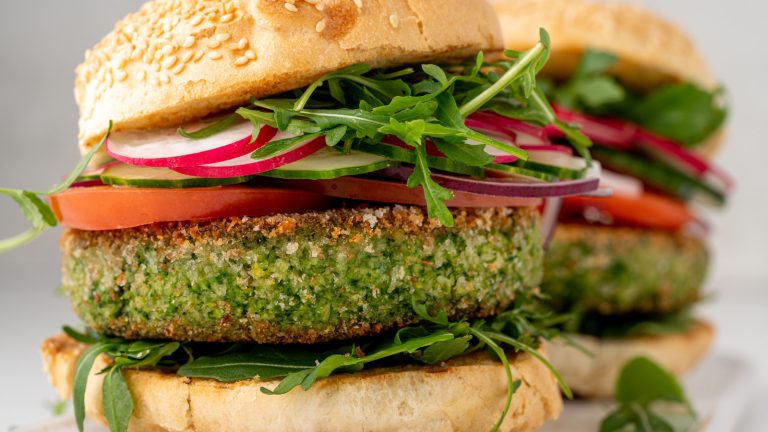We may receive a commission on purchases made from links.
If you care about how your food looks on the plate — whether you’re hosting dinner or just cooking for yourself — take a cue from Andrew Zimmern. His go-to for restaurant-style plating isn’t a high-end gadget. It’s a small, curved knife called a bird’s beak, or tourné knife. You’ve probably seen one tucked in a knife set (like this one on Amazon) and never touched it.
Zimmern says it’s the best knife for “fine work in your hand,” and he’s not wrong. The blade’s shape fits ingredients with curves and edges — radishes, citrus, mushrooms, potatoes — and it lets you work directly in your hand. No cutting board. No mess. It’s one of those tools that subtly upgrades your whole prep game.
It may look unusual, but it’s surprisingly easy to use. If anything, once you get the hang of it, it’s hard to go back. From coring apples to making citrus spirals for cocktails, it’s more versatile than it looks. Zimmern says knife skills are what make food beautiful, and this knife helps you get there. The precision you get from this knife makes it easier to create clean lines, balanced portions, and elegant garnishes — all things that elevate your plating game.
How to use a bird’s beak knife for next-level plating
At first glance, a bird’s beak knife can be a little intimidating. It’s not exactly the first blade you’d reach for unless you’re familiar with what each knife in your set is actually for. Sure, it looks like something you’d use on wood, not fruit. But that inward curve is doing a lot of the work for you. This knife hugs the contours of whatever you’re cutting. It’s designed to move in your hand, not across a board, and that changes everything.
It’s great for segmenting citrus (goodbye, membrane), trimming mushrooms, peeling potatoes, hulling strawberries, and even slicing thin garnishes. You hold it with your fingers near the blade for better control. Most of the weight sits in the handle, so you don’t have to use much pressure. The curved blade is especially helpful for shaping vegetables or fruits into decorative forms, like tourné cuts or citrus fans, giving your plates a restaurant-style finish with minimal effort.
This isn’t about brute force. It’s quick, controlled movements. That’s it. If you’re used to leaning on a chef’s knife for everything, this might seem like a bonus tool. But once you’ve tried it, you’ll start reaching for it a lot more often than you’d expect.






